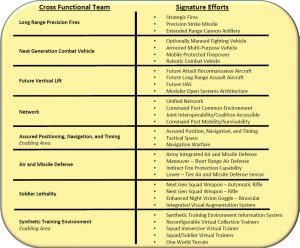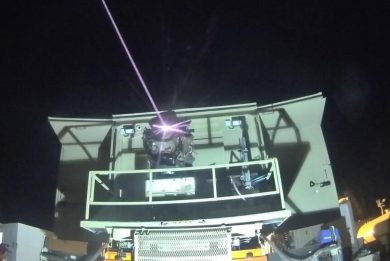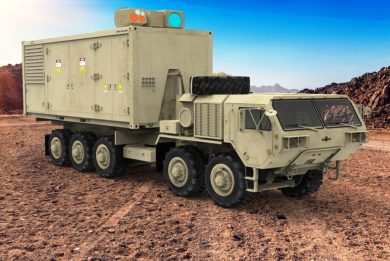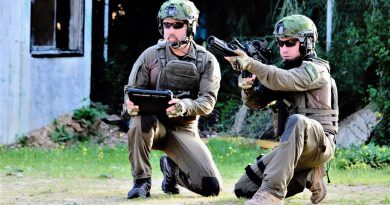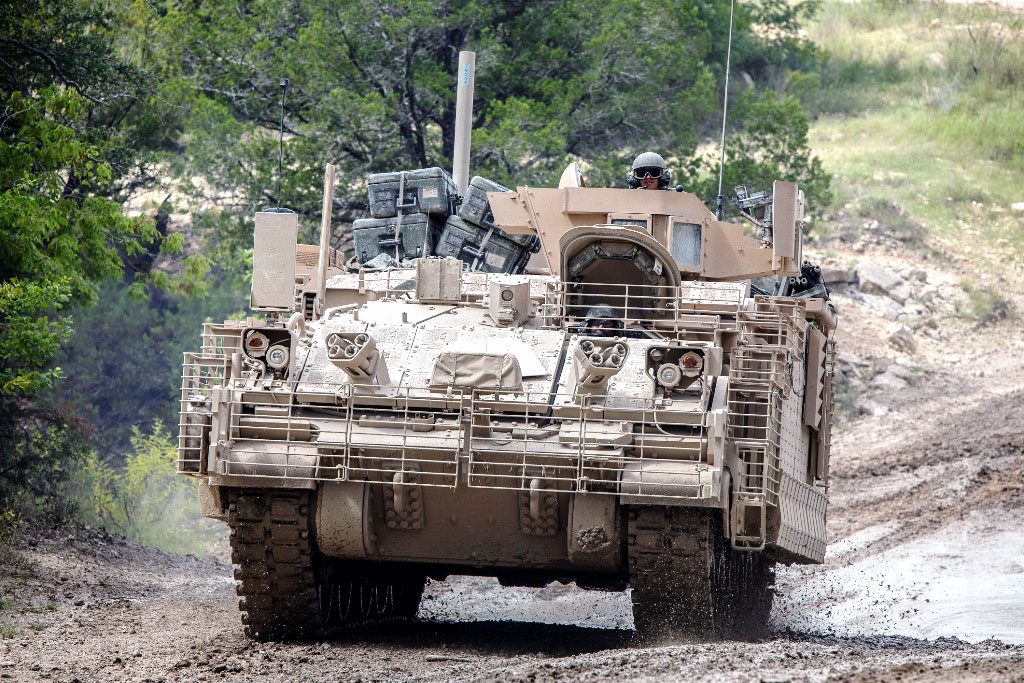
AUSA Noon Report: US Army modernisation steams ahead
By Paolo Valpolini
On November 18 2020 the Association of the United States Army hosted for its Noon Report, which was obviously played virtually, LTG James F. Pasquarette, the Deputy Chief of Staff G-8 Programs of the United States Army, responsible for matching available resources to the defence strategy and the Army plan. His briefing allowed EDR On-Line to make the point on the many programmes currently underway within the service.
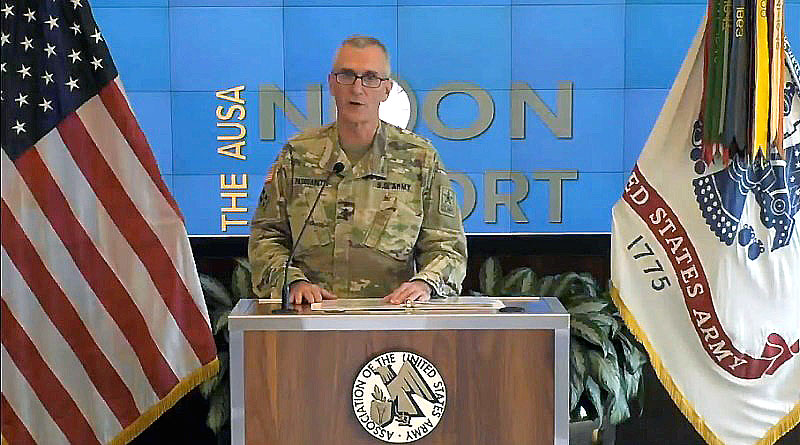
He opened his remarks stating that in 2020 the Army has been pressing forward in a path towards transformational modernisation.“We do not make this journey alone, for we have committed partners on this journey; Congress has continued to provide the Army with the authorities and resources to develop the next generation of warfighting equipment, and Industry has continued to partner with the Army in developing the equipment our soldiers need in the future.”
Resources and reorganisation for transformation
Before coming to programmes, LTG Pasquarette went through the steps that brought the Army to modify its organisation in order to improve the modernisation effort. “Back in October 2017 the Army Secretary and the Army Chief of Staff wrote out the six modernisation priorities, along with the eight Cross-Functional Teams (CFTs) that would be led by General Officers.” In March 2018 the Secretary of the Army announced the intent to establish the Army Futures Command (AFC), a new four-star led organisation under which the CFTs would fall. The AFC task was to pull the Army into the future.
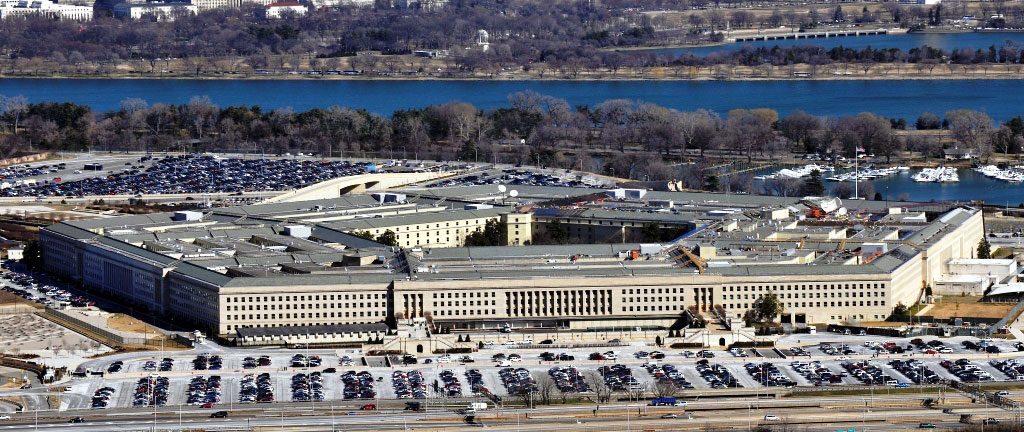
To do so funding was needed, and the Army decided to look for it internally. “In May-June 2018 the Secretary of the Army and the Chief of Staff Army personally oversaw the first ‘deep dive’ on over 600 programmes in the equipping portfolio. That effort moved about 17 billion US$ across the programme years into the CFT efforts,” LTG Pasquarette remembers. “We did that by eliminating or reducing over 180 legacy programmes, then we squeezed another 13 billion US$ of efficiencies from across the Army enterprise, outside of the equipping portfolio, and also moved those dollars to the CFTs.” So overall more than 30 billion US$ were moved in POM 2018-2024 (Program Objective Memorandum), and were used to jump start the next generation modernisation effort. “In addition to the increased modernisation account the Army also resourced a slow steady increase in strength, and under the direction of the Army Chief of Staff we continued to make readiness number one by fully resourcing our accounts, thus increasing the Army’s ability to fight tonight,” LTG Pasquarette explains. In 2018 only a few programmes out of 186 programmes tagged for elimination or reduction were cancelled, the Army receiving the needed resources to increase current and future.
“In 2019 we doubled down on modernisation in POM 21-25, AFC was up and running at that point, and Dr. Jette, the Acquisition Executive along with Gen. Murray, the AFC commander, were empowered for this programme to oversee the vast majority of the programmatic decisions that were made the year before by the Secretary and the Chief,” the speaker at AUSA Noon Report goes on. “A second ‘deep dive’ was carried out to seek resources to support the CFT requirements, and we hit them, by eliminating or reducing another 80 programmes, which allowed moving over 9.1 billion US$ against the CFTs managed efforts.” The results of that will be seen soon, as the outcome will appear in the FY21 appropriation, the Army having proposed 26 programmes among new starts and production increases. As for POM 2022-26, it follows the same guidelines of the previous ones. “After ‘two deep dives’ I thought it was more challenging to find these efficiencies, and I was right, it was harder, but at the same time the CFT requirements were not as significant, given they were well resourced in the previous two POM budget programmes,” LTG Pasquarette explains.
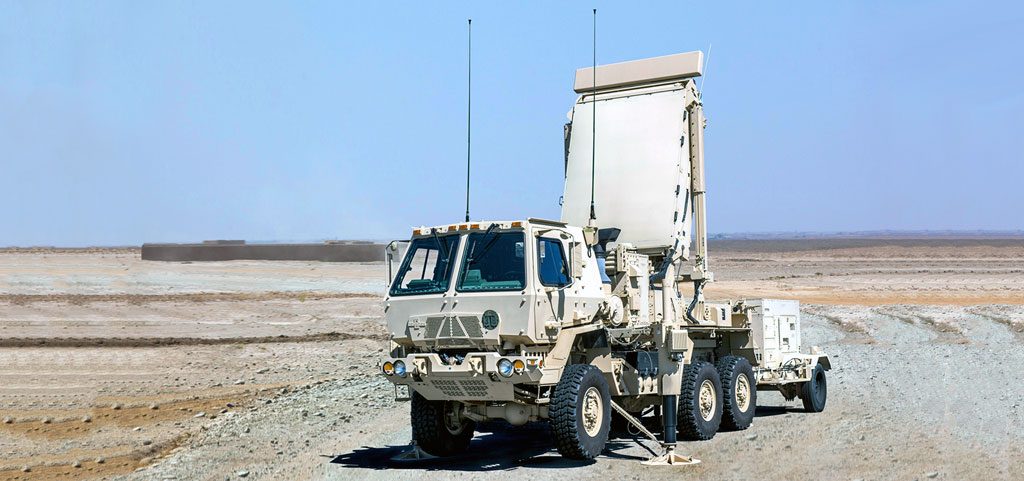
However not all the modernisation effort lies in the CFTs. Those programmes are obviously Priority 1 however, according to the G-8, there is a series of Priority 2 programmes which are not part of CFTs but are key enablers to CFT assets. The example he made was the AN/TPQ-53 counter-battery radar, which current range is shorter than the Extended Range Canon Artillery (ERCA) one, the latter reaching over 70 km; “We are investing in developing an extended range AN/TPQ-53 radar to complement the ERCA system,” he told the audience adding that, “Some complementary non-CFT programmes were scheduled to be delivered in coordination with the corresponding CFT programmes, others were not, therefore we focused on resourcing the latter key enablers, to deliver them at the same time as the CFT programmes they would support.” CFTs and their enablers account for almost 50% of the Army investment, a clear evidence of the Army commitment to modernise its assets. POM 2022-26 has been completed and the budget review is ongoing.
A view on ongoing Army programmes
Switching to ongoing programmes, LTG Pasquarette starts from the CFT listing. “Our Number One priority is the Long Range Fires portfolio,” he says, the first system mentioned being the Long Range Hypersonic Weapon under development by the Army Rapid Capabilities and Critical Technologies Office (RCCTO). “Back in March a DoD release announced that a joint Army-Navy team has shot a hypersonic weapon that flew a long way and very fast.” Details remain classified, however the G-8 pointed out, “It hit less than 20 cm from the intended target.” RCCTO will deliver to the Army a prototype hypersonic battery in FY23. “Our leadership talked a lot about what we define mid-range capability.” Initial deliveries of land-based Tomahawk and SM-6 missiles batteries, that can strike maritime and land targets at range, will also start in FY23. That same year will also see the delivery of the aforementioned ERCA, a variant fitted with an autoloader following later.
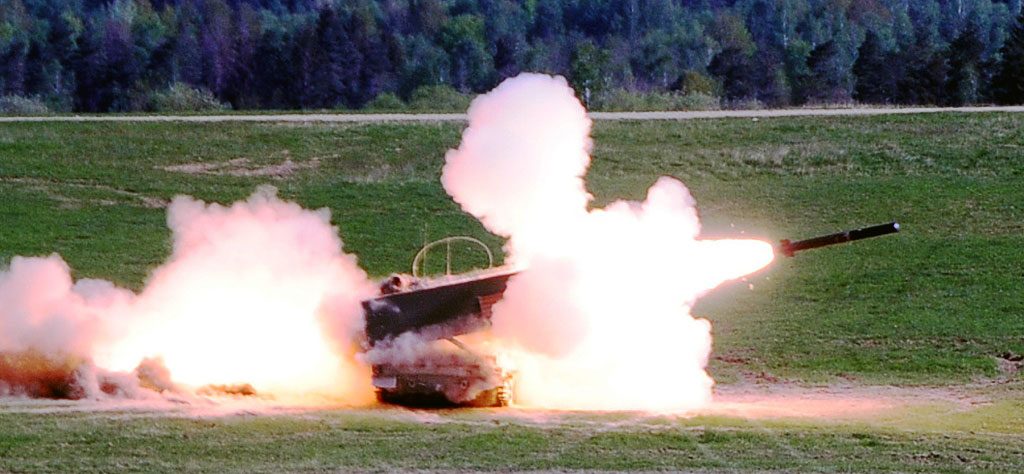
Coming to combat vehicles, in early 2020 the Army decided to reset the Optionally Manned Fighting Vehicle (OMFV) programme, “To be sure to get the requirements right on the front end of development.” LTG Pasquarette confirms that the Army is committed to OMFV as the Bradley replacement. Following the release of a draft Request for Proposal in July 2020, aimed at getting industry feedback, he announces, “The CFT and the PEO are about to release the Request for Proposal next month. So we are on track to field it in our ABCTs, we believe in 2028.” The other major combat vehicle programme within CFTs is the M113 replacement; “The Army Multi-Purpose Vehicle (AMPV) is in Low Rate Initial production, and we will field the first set of vehicles to a BCT in Q2 FY22, so just in over one year from now,” Army DCOS Programmes says. As for robotics, the smaller version of the Robotic Combat Vehicle was demonstrated both in August and during Project Convergence 2020 at Yuma in September, while numerous other smaller UAS and UGVs are being procured.
The only mid-term programme is that of the Future Vertical Lift (FVL), the aircraft family which deliveries should start around 2030 to replace Blackhawk and Apache helicopters, respectively known as Future Long Range Assault Aircraft (FLRAA) and the Future Attack Reconnaissance Aircraft (FARA). “We have two joint technology multirole demonstrators flying today, so again we are on a good path on both programmes, but it is a decade away given the technology issues that are to be solved.”
A key element to link together all CFTs assets is the Network; “We will field capability sets every two years, the first being expected in FY21. It is a cross cutting effort that is key to the success of the future fight, and we rescourced it accordingly,” he said underlining that the Army has put more dollars on that CFT than on any other one, “Because if we don’t get the network right, the efforts in the other CFTs would be sub-optimised upon delivery.”
Coming to Air and Missile Defense, the Army recently completed the Limited User Test (LUT) of the Integrated air and missile defence Battle Command System (IBCS). Inputs from Patriot radars and AN/MPQ-64 Sentinel radars were combined for missile fire control and allowed to intercept ballistic and cruise missile targets. “The Army will field the first Patriot battalion with the IBCS next year and we will have it in Initial Operational Test (IOT) for certification in FY22,” LTG Pasquarette said. Another key programme is the replacement of the Patriot radar, which is very expensive to maintain and has a range shorter than that of the missiles, according to the Army G-8. “Its replacement with the Lower Tier Air Missile Defense Sensor (LTAMS) is underway and we expect the decision in Q4 FY22 on Urgent Material Release in order to field the first unit in December 2022.”
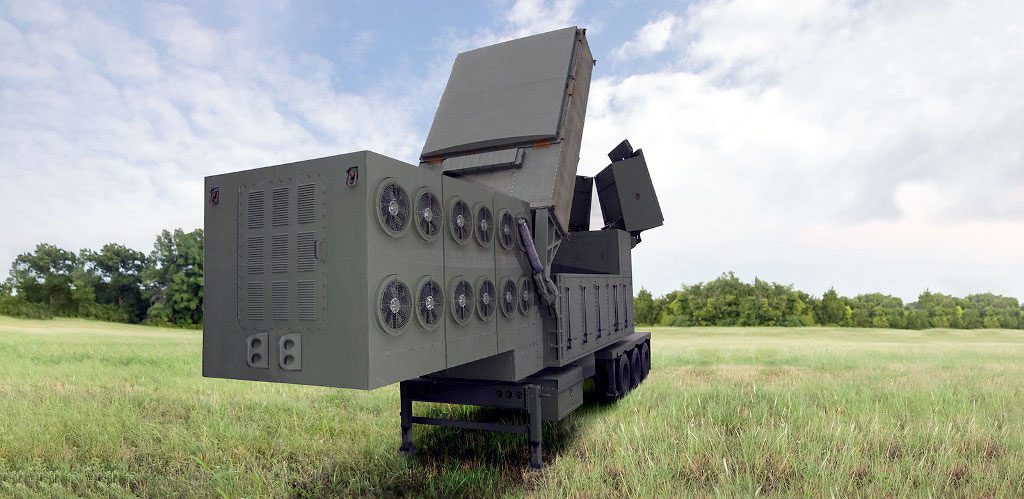
The other Air Defense element in the pipeline is the Maneuver SHORAD short-range air defence system. “The Army will begin soon receiving Increment 1, which integrates air defence capabilities on the Stryker platform, the first battalion being fielded in FY22.” Protecting deployed troops from indirect fire is another issue; “The Indirect Fire Protection Capability (IFPC) interim solution is now in our hands, the first Iron Dome battery having been delivered from Israel to the White Sands missile range earlier this month. We will receive the second battery in February 2021, both these batteries reaching IOC by the end of FY21.” The Army is working on selecting an enduring IFPC solution by the end of FY21, after a shoot off planned for summer 2021, the RCCTO also working on directed energy systems and other alternatives.
One CFT deals with Soldier Lethality, and includes both sensors and effectors. “The Integrated Vision Augmentation System (IVAS) is on a very good path; about one month ago we completed the third soldier touch-point with a whole battalion equipped with 600 systems, which for the first time were military form factor systems,” LTG Pasquarette announces adding, “These systems and their capabilities will revolutionise how we fight where it matters most, at squad and platoon level, where the casualties are the greatest. We are on a glide path for a rapid fielding decision in the next month or so, and we are set for IOT in April 2021.” The Army is also aiming at replacing the M4 carbine and the SAW light machine gun in its close combat formations. “Here too we are on a good path; we recently completed the Next Generation Squad Weapon prototype test, both for the rifle and the automatic rifle, and we believe we will begin fielding them in Q4 2022.”
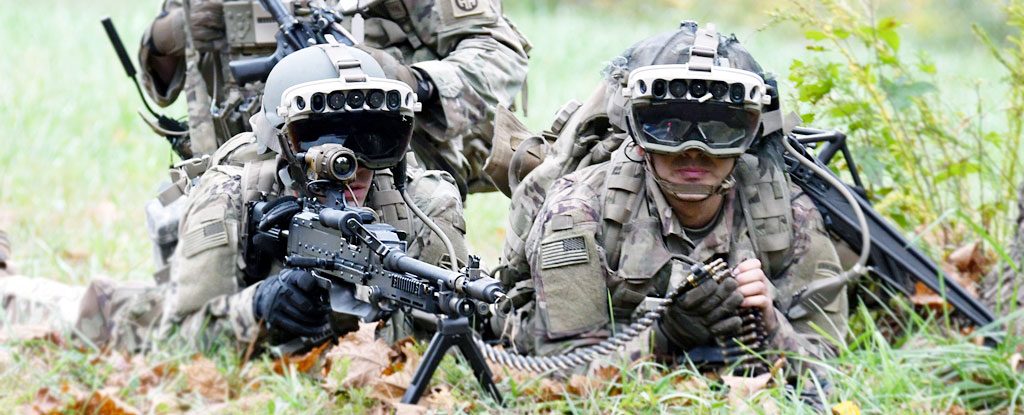
Two more key elements are the Assured Positioning, Navigation and Timing and the Synthetic Training Environment CFTs. “They are both heading in a great direction, they are cross-cutting capabilities to ensure the Army can communicate in a contested environment, and will also overhaul the way we train our soldiers in the future,” LTG Pasquarette says concluding his review of the eight CFTs.
“That’s were we stay with the next generation capabilities, where we put billions of dollars to develop and field them. With the exception of the OMFV, all of them are on the exact path we talked about a couple of years ago,” when LTG Pasquarette, who had just been named G-8, gave a briefing during an AUSA Noon Report.
Looking forward does not mean forgetting to support and upgrade weapon systems and platforms that allow the Army to fight tonight. The Army is modernising one Armoured Brigade Combat Team per year, this effort including investments on M1A2 SEPv3 Abrams, the Bradley A4, the M109 PIM, HMMWVs and Hercules A3 recovery tanks. “We are committed to upgrade the Stryker formations, with the DVHA1 (Double-V-Hull A1), and we continue to add a myriad of lethality upgrades to that platform,” LTG Pasquarette says. Infantry BCTs are becoming more lethal, mobile and survivable thanks to the fielding of new systems such as the Small Multipurpose Equipment Transport (SMET), the Infantry Squad Vehicle (ISV), which is being fielded right now, and cutting edge small UAVs for both platoon and squad level, while according to the Army G-8 the Mobile Protected Firepower is also on a good path. The aforementioned IVAS and Next Generation Squad Weapons are also critical to those formations.
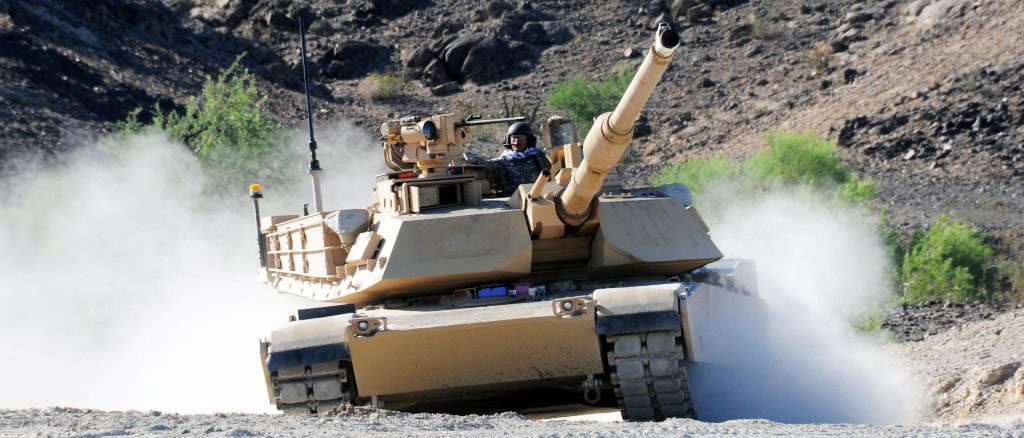
The upgrade effort also applies to Combat Aviation Brigades; “We will field roughly two battalions of AH-64E per year over the next six years, as well as about one battalion of UH-60M per year, both in Active and National Guard units,” LTG Pasquarette says, adding that UH-60Vs will soon start to be delivered to National Guard Army Aviation units.
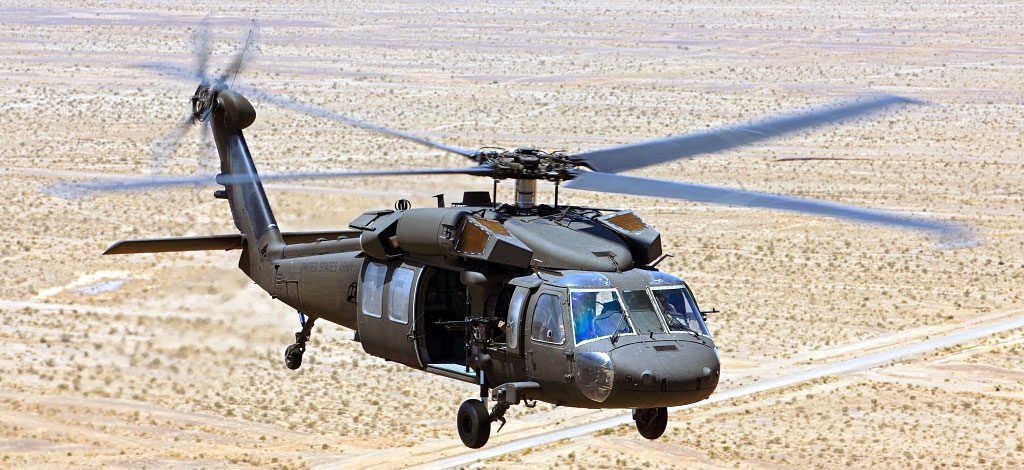
No Modernisation-Holiday allowed
The Army Deputy Chief of Staff G-8 Programs concludes his briefing with some optimistic remarks on modernisation efforts, even if the service might potentially face a budget reduction due to the US$ 3 trillion budget deficitgenerated by the COVID crisis. “In April-May 2020 we talked to some think-tanks about budget perspectives, and the majority thought that we should prepare for significant topline reductions, regardless who was going to win the elections.” LTG Pasquarette says. He then shows a slide illustrating the three main elements that the Army considers when developing its five-year programme, end-strength, readiness and modernisation. Under a steady topline these gears are interconnected, turning up one meaning turning down another one. But if and when there is a significant topline adjustment, either up or down, the gears get pulled apart, and it is possible to turn one of them hard to meet the topline in order to protect the other two, or it is possible to turn all three down to meet the topline adjustment, based on the strategic guidance of the leadership.

In the early ‘90s, when the Cold War was over, the dial that was turned down heavily was the modernisation one. This to preserve the end-strength, the remaining resources going into readiness. “In short, we took a modernisation-holiday, letting down the future readiness of the Army to protect the current state of the Army, and letting somebody else to worry about the future readiness,” LTG Pasquarette explains. It is still unclear if that tough topline reduction is going to happen, but the Army G-8 sees the future of the service modernisation with optimistic lenses. “I do think this time it will be different, as both the Secretary and the Chief of Staff have stated that we must modernise the Army, it’s a every forty years opportunity and its against valid requirements. The equipment we have today is not what we need to deter and, if deterrence fails, to fight and win against high-end adversaries in the future. I believe we will continue resourcing selected CFT efforts that are deemed especially critical, even under significant topline reductions. I don’t believe this time the Army leadership will hit the easy button.”
Pictures courtesy DVIDS, Lockheed Martin, Raytheon, US Army

